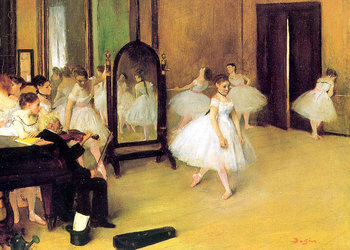
Symmetry vs Balance
Symmetry is an easy way to achieve balance. Elements and compositions that are the same on both sides almost always look balanced. The use of symmetry to achieve balance is so common in design that the two terms are often confused. For example, it is occasionally claimed that symmetry is a principle of design. This is essentially wrong as balance is the principle and symmetry is one way of achieving it.Balance without symmetry is known as asymmetrical balance. There are a number of techniques that can be used to make dissimilar elements appear balanced. For example, a large number of small elements can balance one larger element.Generally speaking, asymmetrical balance is a more sophisticated technique of achieving balance that is difficult to master.| Symmetry vs Balance | ||
Symmetry | Balance | |
Definition | Design elements or compositions that are composed of two identical sides that are mirror images. | Designs elements or compositions that look equally weighted on both sides of their vertical center. |
Type | Technique | Technique Principle |




























